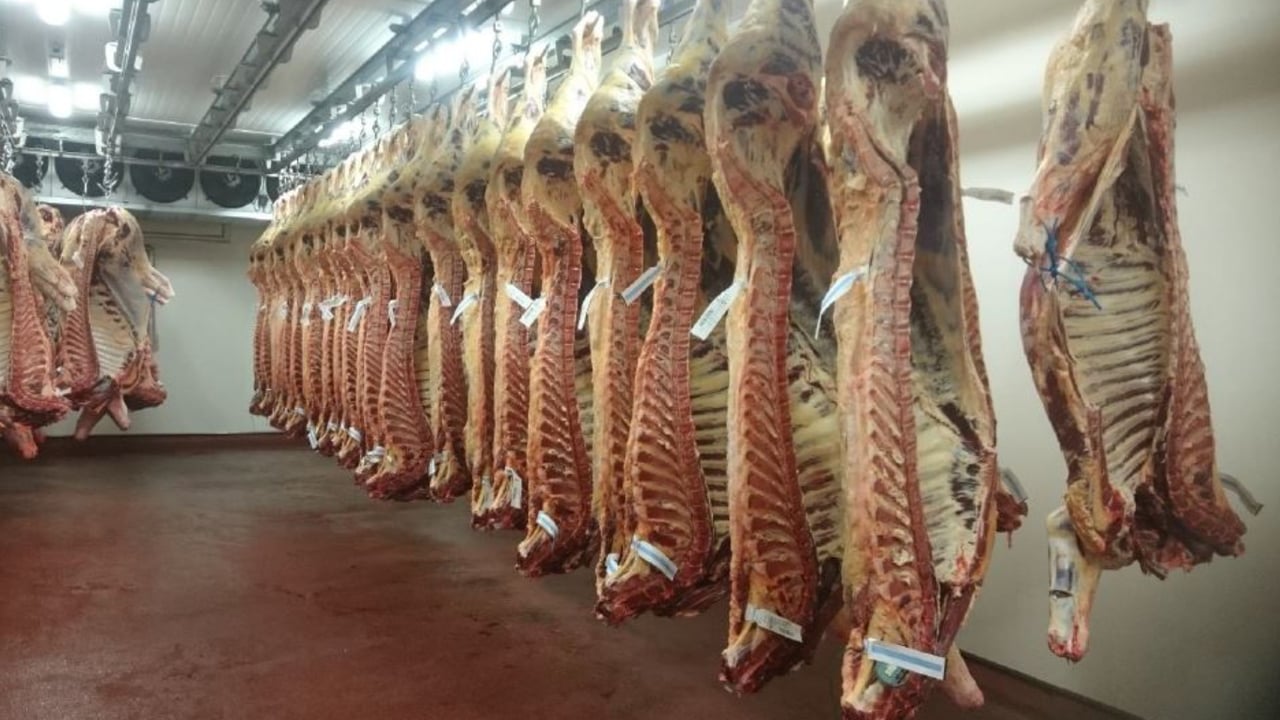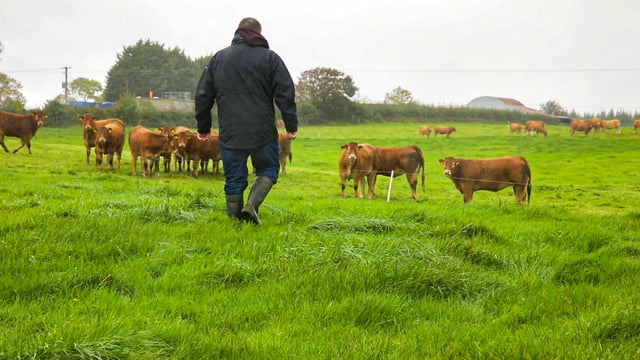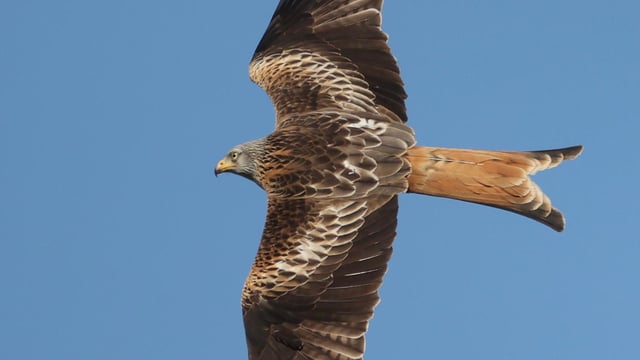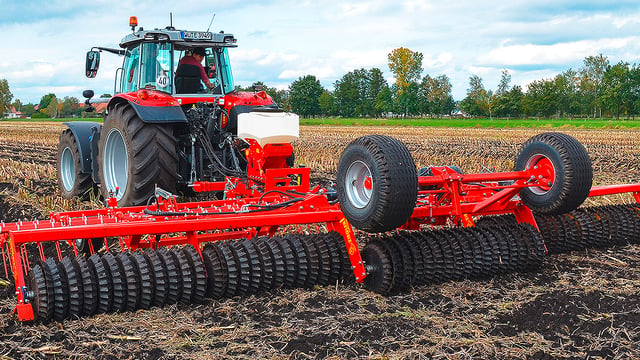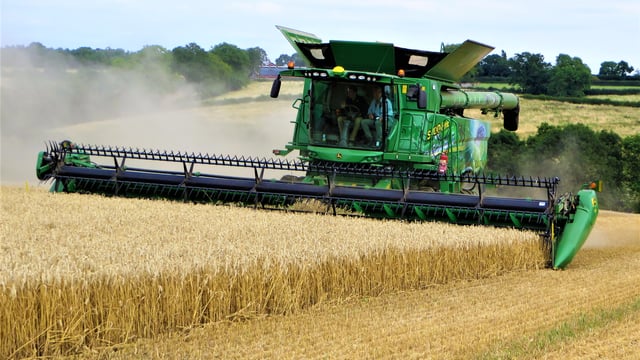Average carcass weights for Q1 2025 decline further
Average carcass weights in the first quarter (Q1) of 2025 have declined in all categories except young bulls - when compared to Q1 2024.
The average heifer carcass weight has fallen below 300kg to 296kg in Q1, representative of the trend in recent years of continued declining carcass weights in the heifer, steer, and cow categories.
On the contrary, young bull carcass weights increased by 2kg in Q1 2025 after an 8kg decline in Q1 last year.
The table below details the average beef carcass weights by category for the first quarter of 2025, 2024, 2023 and 2022:
| Category | Q1 2025 | Q1 2024 | Q1 2023 | Q1 2022 |
|---|---|---|---|---|
| Young bull | 373kg | 371kg | 379kg | 379kg |
| Bull | 412kg | 420kg | 431kg | 424kg |
| Steer | 335kg | 338kg | 341kg | 346kg |
| Cow | 292kg | 293kg | 295kg | 300kg |
| Heifer | 298kg | 303kg | 307kg | 310kg |
Looking at the full-year figures for 2015, Department of Agriculture, Food and the Marine (DAFM) data shows the average young bull, heifer, and cow carcass weights were as follows:
- Young bulls: 374kg;
- Heifers: 314 kg;
- Cows: 317 kg.
When comparing the average carcass weight data from the full year of 2015 to the first quarter of this year, figures show the average heifer carcass weight has declined 16kg, with average cow carcass weights down 25kg, and average young bull carcass weights down 1kg.
In the first quarter of this year:
- 22.1% of cows graded an 'O';
- 67.9% of cows graded a 'P';
- 51.5% of heifers graded an 'O';
- 32.6% of heifers graded an 'R';
- 54.1% of steers graded an 'O';
- 26.7% of steers graded an 'R'.
When these figures are compared to full-year figures from a decade ago, 35.5% of cows graded an 'O' and 46.2% graded a 'P'; 27.5% of heifers graded an 'O' and 52.2% of heifers graded an 'R'; 41.5% of steers graded an 'O' and 36.9% of steers graded an 'R'.

